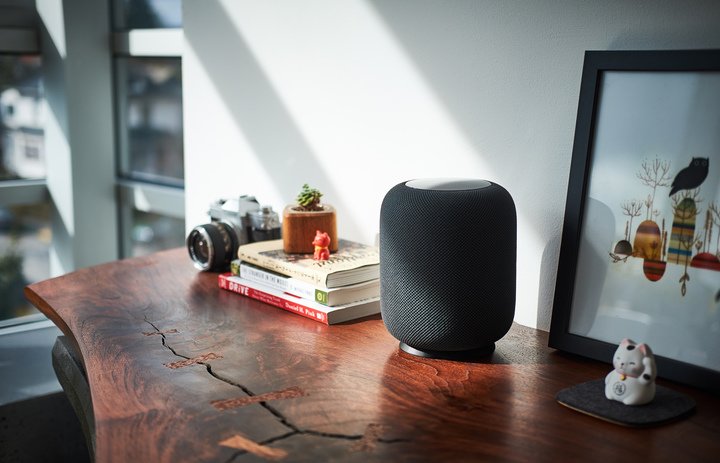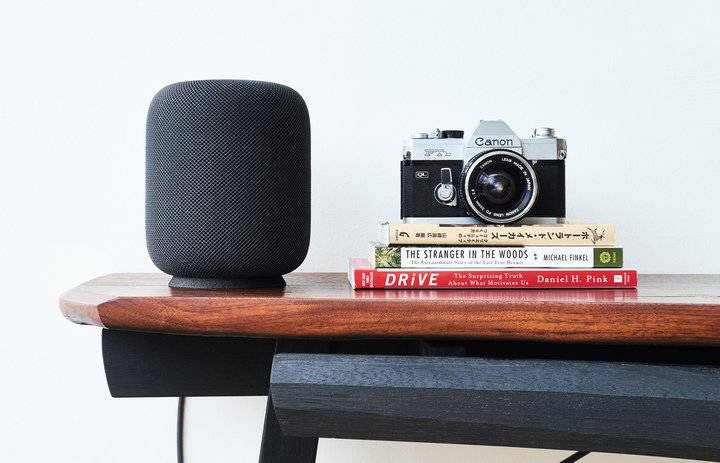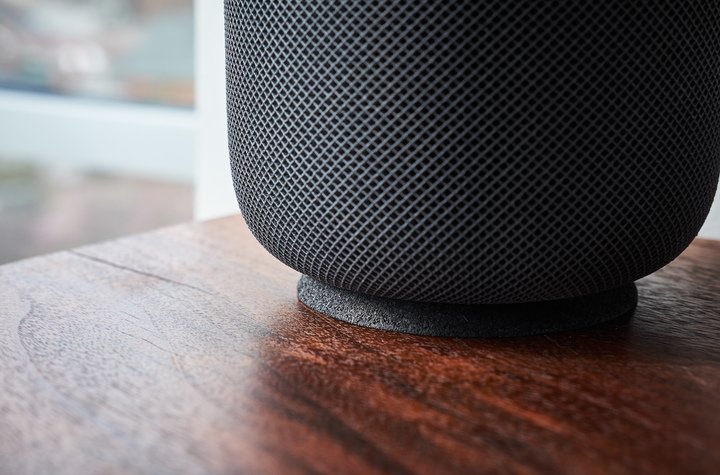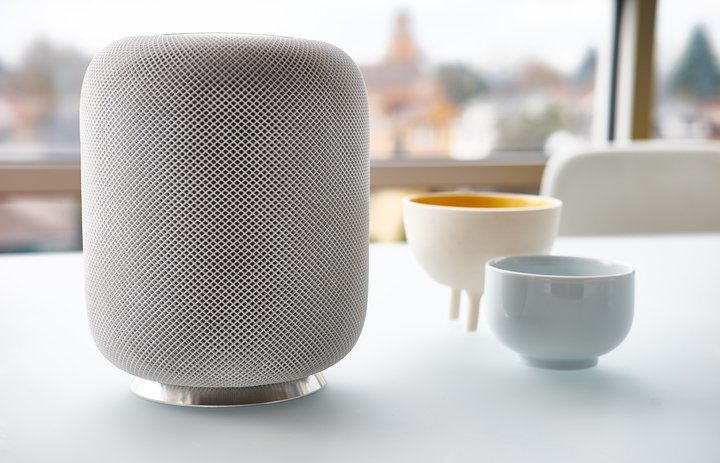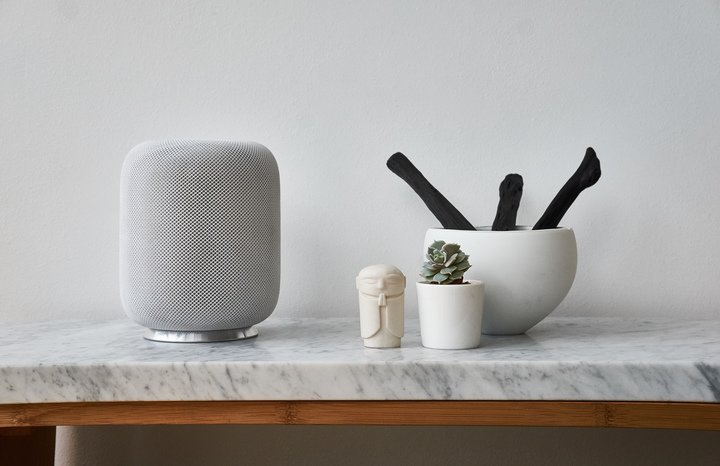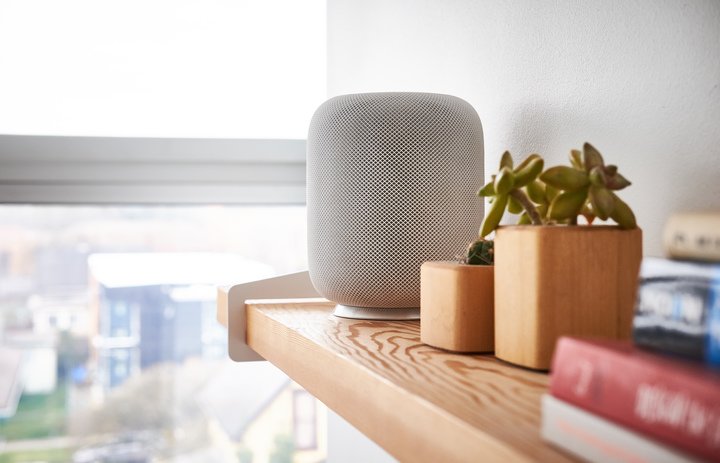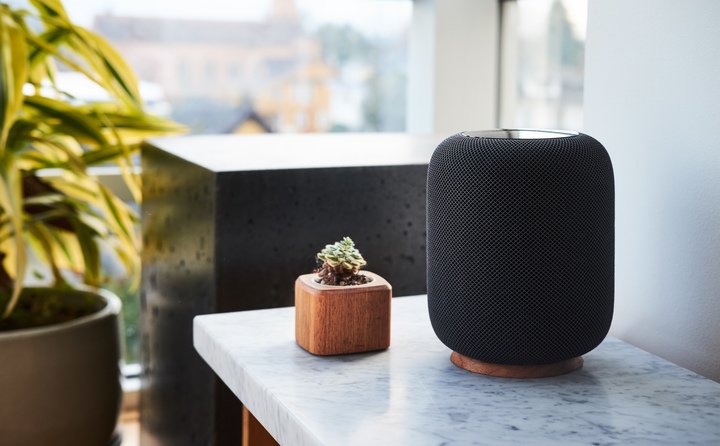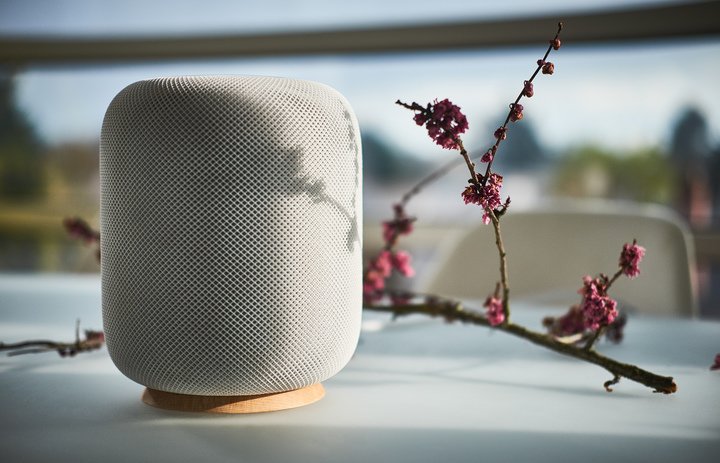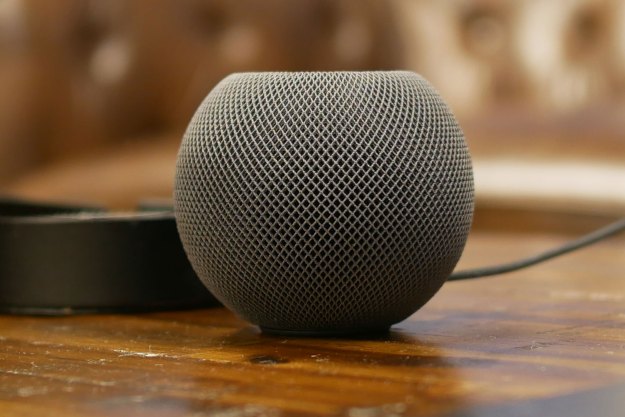Some owners of Apple’s recently launched HomePod speaker soon found that it left a white stain on wooden surfaces.
When Apple learned of the complaint, it said that if you moved the speaker, the stain would “improve over several days,” which made it sound more like a pricey bottle of wine than an ugly mark on your furniture.
While it never quite developed into a full-fledged “Ring-gate” calamity for the company, affected owners were nevertheless upset with their new Apple-made gadget, and were left with several choices: Shove the speaker onto a magazine or cloth to eliminate contact; shove the speaker onto a non-wooden surface and hope for the best; or shove the speaker in a closet and forget about the whole sorry affair.
Well, thanks to the folks at Grovemade, there’s another, more reasonable option: Put the speaker onto one of its stands and place it anywhere you darn well like.
The Portland, Oregon-based company has been in the business of handcrafting stylish accessories since 2009, and has now launched the HomePod Stand.
The result of eight solid days of design, prototype, revision, and production, the final product is available in hardwood, cork, and aluminum, with each one custom-machined and hand-sanded at Grovemade’s workshop.
“The HomePod looks great, but our team wanted to take on the challenge to make it even better,” said Grovemade’s founder, Ken Tomita. “We are built to take on quickstrike projects and when you can do everything under one roof, you can move really fast.”
The different options have been designed to pair with the white or space gray versions of Apple’s smart speaker. Taking a closer look, we see that Grovemade’s stand is available in black and silver aluminum finishes ($49), American black walnut and Eastern hardrock maple wooden finishes ($29), or black and natural cork options ($20).
“The design fits with our other products,” the company says on its website. “It showcases the materials simply, without getting in the way of the design of the HomePod. And it protects your table with no wasted materials.”
So whether you’re a current HomePod owner, or are thinking about buying the device and placing it on your antique wooden table, now you know there’s an attractive solution that prevents you from having to worry about whether that ugly white stain will somehow “improve” over time.
Editors' Recommendations
- Echo Pop vs. HomePod (Gen 2): is the HomePod worth its added cost?
- Apple might launch a HomePod smart display in 2024
- Apple HomePod Mini vs. Apple HomePod
- Apple finally activates HomePod Mini’s hidden temperature/humidity sensor
- Apple reportedly working on a new iPad-like smart home display
